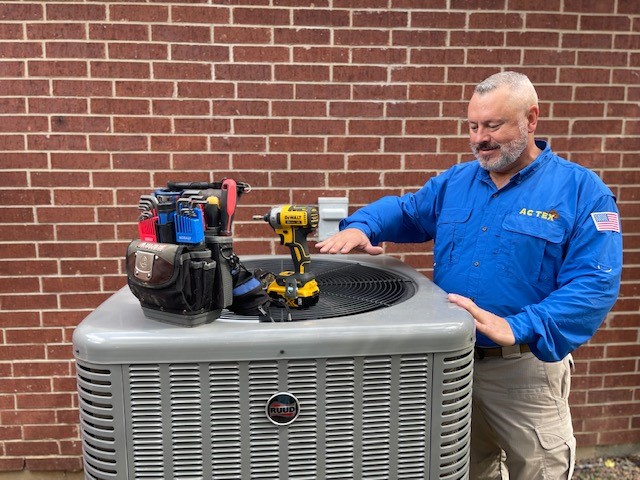In the realm of modern comfort, air conditioning stands as a beacon of relief amidst sweltering heatwaves and suffocating humidity. However, this oasis of coolness comes at a cost beyond its monetary value—energy consumption. As the world grapples with environmental concerns and strives for sustainable living, understanding the ramifications of air conditioning on energy consumption becomes paramount.
The Rise of Air Conditioning
Air conditioning has become a ubiquitous feature in both residential and commercial settings, offering respite from extreme temperatures and enhancing productivity and comfort. Its adoption has soared exponentially, especially in regions with harsh climates, contributing to a significant surge in energy consumption globally.
The Energy Conundrum
The allure of air conditioning is undeniable, yet its environmental footprint cannot be ignored. The primary source of concern lies in the immense energy consumption required to power these systems. Traditional air conditioners rely heavily on electricity, often derived from fossil fuels, leading to heightened carbon emissions and exacerbating the climate crisis.
Impact on Energy Consumption
The correlation between air conditioning usage and energy consumption is indisputable. During peak summer months, energy grids strain under the collective demand for cooling, pushing utilities to the brink and driving up electricity bills for consumers. Moreover, the proliferation of inefficient cooling systems only exacerbates the problem, perpetuating a cycle of excessive energy consumption and environmental degradation.
Technological Innovations
Amidst growing concerns over energy sustainability, the HVAC industry is undergoing a paradigm shift towards greener alternatives. Innovations such as energy-efficient air conditioners, smart thermostats, and passive cooling techniques offer promising solutions to mitigate the impact of air conditioning on energy consumption.
Energy-Efficient Air Conditioners
Modern air conditioning units leverage advanced technologies such as variable-speed compressors, improved insulation, and eco-friendly refrigerants to enhance efficiency and reduce energy consumption. These systems prioritize performance while minimizing environmental impact, making them an attractive choice for eco-conscious consumers and businesses alike.
Smart Thermostats
Smart thermostats represent a revolutionary approach to temperature control, enabling users to optimize energy usage based on occupancy patterns, weather conditions, and personal preferences. By automatically adjusting temperature settings and scheduling cooling cycles, these devices minimize wasteful energy consumption without compromising comfort. If you are searching for reliable hvac contractors, you may check out their page to learn more.

Passive Cooling Techniques
Passive cooling techniques harness natural phenomena such as ventilation, shading, and thermal mass to regulate indoor temperatures without relying solely on mechanical cooling systems. Strategies such as cross-ventilation, strategic landscaping, and reflective roofing mitigate heat gain and reduce the need for artificial cooling, thereby lowering energy consumption and promoting sustainability.
The Road Ahead
As the world grapples with the dual challenges of climate change and energy sustainability, the role of air conditioning in shaping our environmental footprint cannot be overstated. While the demand for cooling continues to escalate, so too does the imperative to embrace sustainable practices and innovative technologies that minimize energy consumption without compromising comfort.
Conclusion
The impact of air conditioning on energy consumption transcends mere comfort—it is a critical juncture where technological innovation intersects with environmental stewardship. By embracing energy-efficient solutions, adopting smart practices, and prioritizing sustainability, we can mitigate the adverse effects of air conditioning on energy consumption and pave the way towards a greener, more sustainable future.





